Best project management software
Even the simplest creative projects have plenty of moving parts. Teams must work together to bring the client’s vision to life — all while juggling deadlines and keeping scope creep in check. And they need to keep the client in the loop too. It’s a lot to manage, to put it lightly.
Without the right tools, staying on top of everything can feel downright impossible. Your team might waste time emailing projects back and forth or confuse clients with poor communication. Or maybe they keep missing deadlines and forgetting revisions, no matter how many times you remind them. These seemingly small issues can add up, leaving everyone frustrated.
That’s where creative agency project management software comes in. These tools improve collaboration and keep projects on track. They have many useful features, such as task tracking and automatic reminders. That way, you never have to wonder where a project stands or stress about forgotten deadlines.
The best software eliminates bottlenecks and brings your team together. But with so many options out there, how can you pick the right ones? Don’t worry. We’ve done the research to find the top creative project management software available.
What is creative agency project management software?
Creative projects pose some unique challenges. They often require close collaboration from different specialists and countless revisions. If a writer misses a deadline or the client doesn’t send feedback, the whole project can grind to a halt. And client expectations can change overnight too.
Creative-focused project management platforms are designed with these issues in mind. They offer many industry-specific features, such as:
- Proofing: The last thing you want to do is deliver shoddy content with typos or blurry images. Creative project management tools allow all stakeholders to review everything in one place and give feedback. That makes it easy to catch last-minute errors before they reach the client.
- Version control: Creative projects often go through many rounds of revisions. For instance, a client might ask you to remove a logo, then want to add it back later. With version control, you can track every change and make sure everyone always has the latest version.
- Multi-format asset management: Did a client order print ads and videos? No problem. With the right creative software, you can manage everything in one centralized platform. That way, your team doesn’t have to bounce between different software for each format.
Don’t settle for generic tools that aren’t designed for creative industries. These solutions typically can’t handle diverse media types, such as animations and social media posts. As a result, you’ll end up juggling multiple platforms — a major headache, especially if you have a lot of clients with different needs.
Why do creative agencies need dedicated project management software?
If you’ve been managing projects with only a few minor hiccups, creative project management software may seem like an unnecessary splurge. You might wonder, “Do I really need special tools if everything gets done eventually?”
Absolutely! The best project management software doesn’t just help you check tasks off your to-do list. It solves pain points faced by agencies — problems you might not even realize are bogging you down.
- Meeting deadlines: It’s often challenging to keep track of timelines, especially when clients request several revisions. When your work is spread out across platforms, it’s hard to tell if everything is on track. Project management software lets you see the big picture so nothing slips through the cracks.
- Scheduling: Project management software lets you break complex projects down into smaller tasks and plan timelines accordingly. If you’re working on a video, for example, you might gather footage one week and edit it the next. And if anything unexpected happens, such as a broken camera, you can quickly adjust your schedule to stay on track.
- Handling reviews: Stakeholders can log in and share their thoughts with the entire team. They can also collaborate together in real time, even remotely. If you’ve been relying on outdated methods like email chains — or, even worse, phone calls — these tools can save you time.
- Managing resources: Even the top agencies don’t have unlimited budgets or huge teams. But with the right project management software, you can make the most of what you’ve got. This might involve matching the best specialists to each project and budgeting for different phases. That way, you can handle every task with maximum efficiency.
Of course, plenty of generic project planning tools can handle some of these tasks. But investing in specialized creative software is well worth it. These platforms are built to handle agencies’ unique workflows, offering features like collaboration tools and media management.
It’s like creating a social media campaign. A regular smartphone can get the job done eventually, but you’ll make much better progress with a quality camera and editing tools.
Key considerations when comparing solutions
Choosing the right project management software for a creative agency can be tricky. Sure, you could request demos for a dozen tools or spend hours reading reviews — but who has time for that? And the last thing you want to do is set up a new platform only to discover that it doesn’t meet your needs after all.
So what’s a busy creative professional to do? Start by assessing your current workflows and identifying what you need from your new software. This might include:
- The ability to handle any type of media, from blog posts to videos
- Customizable workflows for different clients and projects
- Integrations with your existing systems
- Remote collaboration and communication tools
- Task tracking
- Transparent processes you can share with stakeholders
- Version control to help track changes
As you create your list, divide these features into two categories: “absolutely necessary” and “nice-to-have.” No project management tool is perfect, so you may need to compromise on some features — especially if you’re on a tight budget. For instance, you might find a tool that’s perfect for collaboration but has a steeper learning curve.
Once you’ve gotten a sense of your core needs, start researching project management software. Here are a few key considerations:
- Cost: Pricing can vary drastically between platforms. Look for tools that fit your budget, and keep an eye out for hidden fees. Some companies have additional charges for extra storage or user licenses.
- Essential features: Every creative agency needs certain core functions, such as approval flows and time tracking. Without these features, your workflows won’t be as efficient — or might even fall apart.
- Integrations: Creative teams rely on many tools, from the Adobe Creative Suite to Canva. The best project management software merges with these platforms so you can get everything done in one place.
- Scalability: Ideally, your software should adapt alongside your agency. Choose a tool with different plans so you can easily scale up or down as needed. That way, you won’t need to migrate to another platform in the future if your team or client base grows.
- Training: Some vendors offer training and knowledge bases. These resources are invaluable when it comes to learning how to manage a project with your shiny new software.
- User-friendliness: Your team doesn’t want to spend hours learning a complicated interface or figuring out how to give feedback. Save them the hassle by selecting an accessible and intuitive platform. Some vendors also offer user guides to get employees up to speed quickly.
Be sure to ask vendors for product demos too. They can walk you through how their platform works and explain how it would fit into your workflows. If you’re juggling multiple clients, for instance, they could show you how the software can organize all your projects in one dashboard.
8 best project management software tools for creative agencies
Now that you know some of the must-have features of creative project management tools, here are the top platforms to explore.
1. Monday.com
Monday.com is an incredibly flexible work platform. It allows you to customize dashboards, workflows, and more to fit your unique projects. The best part? You don’t even have to write any code thanks to its simple drag-and-drop interface.
This platform also makes it easy to automate routine tasks. For instance, you can automatically schedule meetings and send follow-up emails if clients don’t respond to feedback requests. This feature frees up your time to focus on more creative projects.
Best for: Customizing workflows
This flexible tool is a great choice if you have complex workflows or unique needs. It’s also useful for remote creative teams who want to collaborate and share files in one place.
Developer:
Monday was cofounded by Roy Mann and Eran Zinman, who both have a long history in tech. Mann previously worked at Wix, while Zinman was an app developer at Conduit Mobile.
Key features:
- 50-plus built-in apps
- Advanced reporting tools
- AI-driven workflows
- Automation
- Customizable dashboards
- Over 200 integrations
- Task management and prioritization
- Time tracking
Pros:
- Collaboration features
- Easy to use
- Helpful for monitoring project progress
- Lets you automate simple tasks
- Very flexible
Cons:
- Can have a steep learning curve
- More expensive than many other options
- Some users complain about glitches and downtime
Plans/Pricing:
| Free | $0 | Up to three boards Unlimited documents |
| Basic | $90/month | 5 GB storage Create a dashboard based on one board |
| Standard | $120/month | Automations (250 actions per month) Integrations Combine up to five boards into a dashboard |
| Pro | $190/month | Automations (25,000 actions per month) Combine up to 20 boards into a dashboard |
| Enterprise | Custom pricing | 500 AI credits per month Advanced reporting Combine up to 50 boards into a dashboard |
G2 rating: 4.7 out of 5 stars
2. Jotform Boards
If you’re feeling overwhelmed by your to-do list or just want to make your workday easier, consider Jotform Boards. This intuitive task management tool helps you stay organized and streamline your workflows.
The process is simple: You connect forms to a board, and the platform automatically converts each submission into a task. For example, you could create a form for client revision requests. When someone fills it out, Jotform instantly adds the task to your team’s to-do list. That way, you’ll never have to worry about forgetting tasks or losing them in your inbox.
As you add tasks, Jotform organizes them into kanban-style boards. They’re the digital equivalent to old-fashioned sticky notes on a corkboard — colorful and easy to visualize. The platform also has filters, such as Due Date and Priority, to keep everything structured.
Jotform Boards offers many collaboration features too. Your team can share boards and use the drag-and-drop interface to assign tasks. Keep everyone in the loop by adding comments and tracking changes in the Activity Log.
Customization is another core function of Jotform Boards. You can tailor every aspect of your board to fit your needs. This might involve adding fields to the task layouts or editing board groups to reflect workflow steps. Plus, you can personalize the background theme to match your business’s branding — or just use your favorite color.
With its mobile-responsive layout, Jotform Boards also makes it easy to manage tasks on the go. Whether your team is in the office or remote, this platform can improve collaboration and boost productivity.
Best for: Task management and visualization
With its intuitive kanban-style boards, Jotform Boards makes it easy to manage tasks across projects and teams.
Developer:
Jotform was founded by Aytekin Tank, a developer and AI expert.
Key features:
- Automated workflows
- Drag-and-drop interface
- Integrates with the rest of the Jotform ecosystem and hundreds of external platforms
- Kanban-style boards
- Manage multiple forms in one board
- Task filters and tags
Pros:
- Customizable
- Mobile-friendly
- No coding necessary
- Organizes tasks visually
- User-friendly
Cons:
- Lower tiers have limited storage
- Takes time to build forms and automate workflows
Plans/Pricing:
| Starter | Free | Up to five forms One user 100 MB space |
| Bronze | $34/month | Up to 25 forms One user 1 GB space |
| Silver | $39/month | Up to 50 forms One user 10 GB space |
| Gold | $99/month | Up to 100 forms One user 100 GB space |
| Enterprise | Custom pricing | Unlimited forms and storage Multiuser platform |
G2 rating: 4.7 out of 5 stars
3. Hive
Hive is a project management tool built with customer-requested features. It offers hundreds of templates, so you can quickly start creating projects and workflows. The platform also has several ways to visualize projects and tasks, such as kanban boards or timelines. These formats help you track progress and spot issues quickly.
This software includes versatile feedback tools too. It allows you to import many types of content, including documents and videos. You can quickly add feedback, compare files, and get client approval.
Best for: Proofing creative content
With its suite of proofing tools, Hive is a great option for creative teams that work on a lot of revisions.
Developer:
Hive was cofounded by John Furneaux and Eric Typaldos, who specialize in team collaboration and workplace productivity.
Key features:
- AI helper
- Automation
- Collaborative notes
- Custom dashboards
- Over 1,000 integrations
- Project templates
- Time reporting and tracking
Pros:
- Ability to request new features (though there’s no guarantee the developers will add them)
- Affordable
- Regular updates
- Simple onboarding
- Useful proofing tools
Cons:
- Additional charges for add-ons, such as automation and custom dashboards
- Limited projects for basic plans
Plans/Pricing:
| Free | $0 | 200 MB of storage Unlimited tasks |
| Starter | $5/month/user | Unlimited storage AI assistant Up to 10 projects |
| Teams | $12/month/user | Unlimited workflows and workspace members Time tracking |
| Enterprise | Custom pricing | Enhanced security Includes all add-on features |
G2 rating: 4.6 out of 5 stars
4. Trello
Trello is a visual project management platform. It organizes projects into “cards” — or individual tasks — and kanban-style boards. It also syncs with your calendar and email, enabling you to schedule everything in one place.
This platform offers over 200 “power-ups,” or integrations. This feature lets you link Trello with other applications for smoother workflows. For instance, you can integrate Trello with Google Drive to create new files. Or merge it with Gmail to automatically convert your emails into Trello cards.
Best for: Automating workflows
Trello’s Butler tool allows you to automate almost every task, such as automatically sharing updates with clients and setting due dates. It’s a good option for busy teams that want to boost productivity or simplify their to-do lists.
Developer:
Trello was created by Fog Creek Software (now Glitch, Inc.) and is currently owned by Atlassian.
Key features:
- Drag-and-drop interface
- Inbox and personal boards for managing personal tasks
- Industry-specific templates
- Over 200 integrations
Pros:
- Affordable pricing
- Convenient integrations
- Easy-to-navigate interface
- Updates projects in real-time
Cons:
- Difficult to scale
- Fewer customization options than competitors
- Limited collaboration tools
- No built-in proofing features
- Not ideal for more complex projects
Plans/Pricing
| Free | $0 | Up to 10 boards Unlimited storage 250 workspace command runs per month |
| Standard | $5/month/user | Unlimited boards Custom fields 1,000 workspace command runs per month |
| Premium | $10/month/user | AI features Unlimited workspace run commands Multiple ways to view your workspace |
| Enterprise | $17.50/month/user | Unlimited workspaces Advanced security features |
G2 rating: 4.4 out of 5 stars
5. Quickbase
Sometimes, creative projects are so complex that simple tools just won’t cut it. That’s whereQuickbase comes in. This work management platform lets you build intricate workflows and even custom applications — no coding required. Just describe what you need in plain text, and AI will generate a new app for you.
Quickbase also includes resource management tools. You can match team members to projects based on their availability and skills. Plus, this platform has built-in budgeting and financial management tools, perfect for tracking spending.
Best for: Intricate or very large projects
Quickbase is designed to coordinate complex projects with many data sources and teams. While it might be overkill for simple tasks, its dozens of features come in handy for managing elaborate workflows.
Developer:
Key features:
- AI-powered data analytics
- Automation
- Centralized database
- Customizable workflows
- Over 40 integrations
- Performance monitoring reports
- Robust administrative controls to protect data
Pros:
- Ability to customize workflows and even apps
- Excels at managing complicated projects
- Innovative AI features
- Powerful analytics and reporting tools
Cons:
- Expensive
- No free version after the one-month trial
- Steep learning curve
Plans/Pricing:
| Free trial | $0 | Access to Business plan features for 30 days |
| Team | $35/month/user | Integrates with communication and file management systems Personalized dashboards Workflow automation |
| Business | $55/month/user | External collaboration tools Sandbox to design custom apps |
| Enterprise | Custom pricing | Advanced security controls AI-powered data scanning |
G2 rating: 4.4 out of 5 stars
6. Smartsheet
Smartsheet is a collaboration and project management tool. As the name implies, it uses a spreadsheet-like interface to organize tasks and projects. It also automatically generates data visualizations to uncover trends. For example, you might realize that your team’s productivity is declining and investigate the root cause.
Best for: Agencies interested in data analytics
With its sophisticated reporting tools, Smartsheet is a good option for teams interested in data-driven decision-making.
Developer:
Smartsheet was founded in 2005 by Brent Frei and several other entrepreneurs.
Key features:
- Communication tools
- Dashboards with real-time data
- Easy file sharing
- Integrates with popular software such as Microsoft Excel and Zapier
- Proofing tools
- Shareable calendars
- Workload tracking
Pros:
- Communication tools for remote teams
- Flexible interface
- Workflow automation
Cons:
- Few resource management tools
- Has a notoriously steep learning curve
- Spreadsheet interface can be limiting
Plans/Pricing:
| Pro | $9/month/user | One to 10 members Unlimited forms, sheets, and reports 250 automations per month |
| Business | $19/month/user | Over three members Unlimited automations Team workload tracking |
| Enterprise | Custom pricing | Over 10 members AI formulas and charts Role-based collaboration tools |
| Advanced work management | Custom pricing | Designed for enterprises Synchronizes data with Jira and Salesforce |
G2 rating:4.4 out of 5 stars
7. Screendragon
Designed with marketing agencies in mind, Screendragon is a powerful workflow management tool. It helps you visualize your workflows and develop collaborative marketing calendars.
Plus, Screendragon has advanced approval and proofing tools. These features let you review all kinds of marketing content, such as graphics and videos. Your team and clients can easily compare versions and leave feedback, taking the stress out of collaboration.
Best for: Marketing teams
Screendragon’s content workflow automation and other industry-specific tools make it a top choice for many marketers.
Developer:
Screendragon was cofounded by John Briggs, a pioneer in Martech (marketing technology).
Key features:
- AI-powered content creation tools
- Auto-populating briefs
- Creative proofing
- Digital asset management
- Integrates with over 1,000 apps
- Resource planning
- Time tracking
Pros:
- Customizable workflows
- Designed by and for creative professionals
- Hands-on customer support
- User-friendly interface
Cons:
- Lack of transparent pricing
- Learning curve for more advanced features
Plans/Pricing:
Screendragon doesn’t publicly advertise itspricing. However, its website states it charges “a per user, per month cost and a once-off initial setup and training fee.”
G2 rating:4.7 out of 5 stars
8. Synergist
Synergist is an ad agency project management software for companies of all sizes. With hundreds of features, it’s capable of handling every aspect of project planning — from estimating costs to assigning tasks and approving time sheets. You can organize tasks in kanban boards or lists, code them by priority level, and assign them to your team with a few clicks.
But Synergist goes well beyond project management. It also comes with built-in customer relationship management (CRM) and data analytics tools. You can even use it to purchase supplies and budget. Interested in overhauling all your operations? This ambitious platform might be what you need.
Best for: Comprehensive agency management
Consider this tool if you want to centralize all your administrative tasks, not just project management. It streamlines billing, data analytics, and much more.
Developer:
Synergist was founded by Keith White, a UK-based entrepreneur.
Key features:
- CRM tools
- Integrates with file management platforms like Dropbox
- Invoice management
- Mobile app
- Resource scheduling
- Templates for to-do lists
- Time tracking
Pros:
- Bespoke onboarding with the Synergist team
- Comprehensive features
- Powerful analytics and reporting tools
- Scalable
- Very flexible
Cons:
- The most expensive option on this list
- May be too powerful for simple projects
- Requires extensive training to learn all the features
Plans/Pricing:
Synergist charges a one-time onboarding fee along with monthly subscriptions. You’ll also need to pay for each team member, with costs ranging from £13 to £55/month/user.
| Foundation | Starting at £300/month | Unlimited clients, file storage, and tasks Dashboards and custom analytics Branded documents |
| Professional | Starting at £650/month | API support Scheduled reporting Time sheet approval |
| Enterprise | Starting at £1,600/month | Email integration Enterprise-grade support |
G2 rating: 3.8 out of 5 stars
Supercharge your productivity with project management software
The days of jotting down your to-do list on sticky notes are long gone. With creative agency project management software, you can organize and track every task effortlessly. The result? Greater efficiency and more productivity — giving you more time to focus on the creative projects you love.
Of course, there’s no one-size-fits-all project planning tool. Take the time to explore your options and find one that truly fits your needs. The right platform will have all the necessary features and adapt to grow with your creative agency. If you’re looking for an intuitive solution, why not try Jotform Boards? Thanks to the drag-and-drop dashboard, you can build workflows in minutes. Before you know it, you’ll be more organized and sailing through your to-do list faster than ever.
This article is aimed at creative agency leaders, project managers, and marketing teams who need purpose-built tools to manage fast-paced, revision-heavy projects, streamline collaboration, and keep client work on track.
Photo by Sable Flow on Unsplash

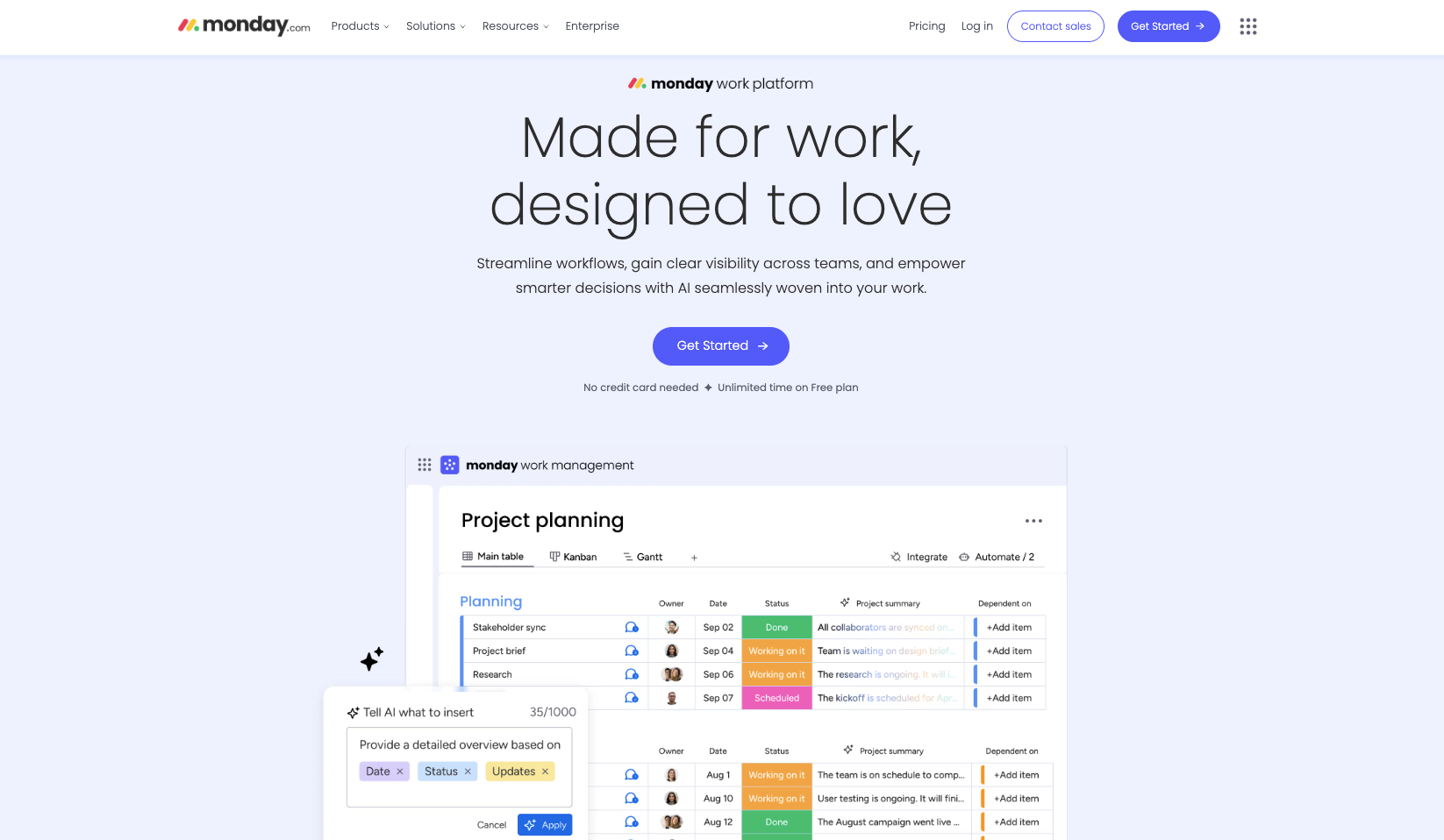
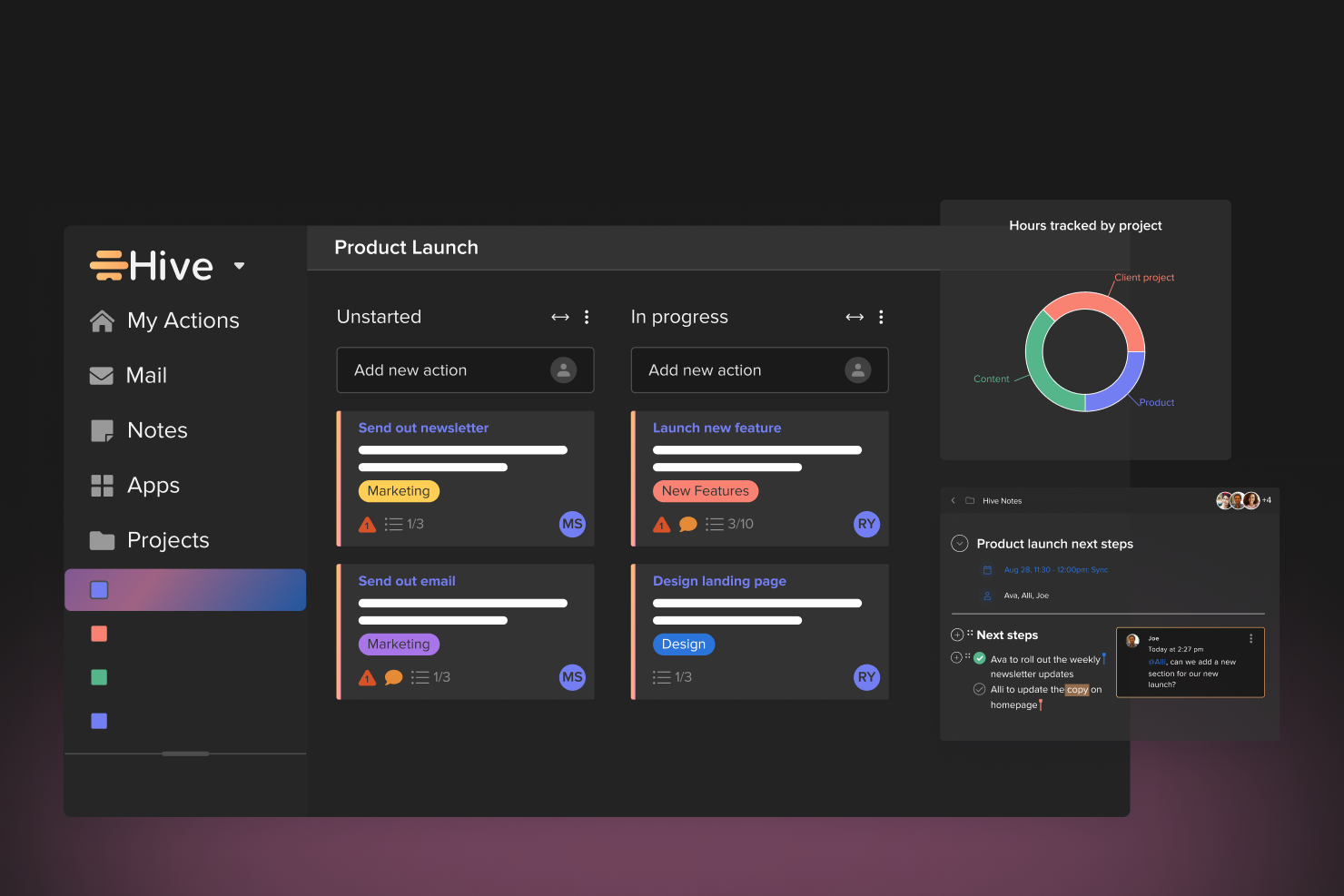
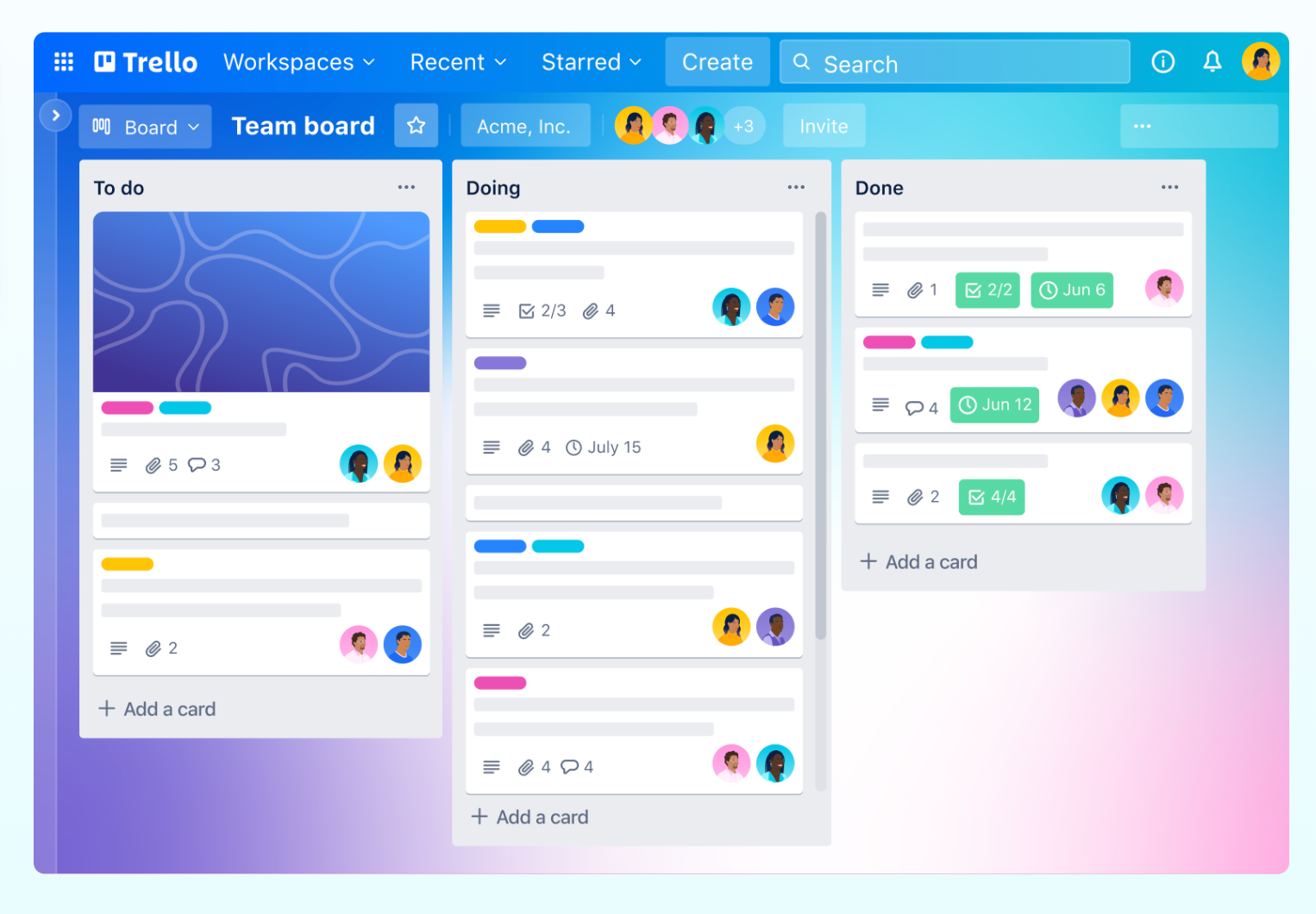
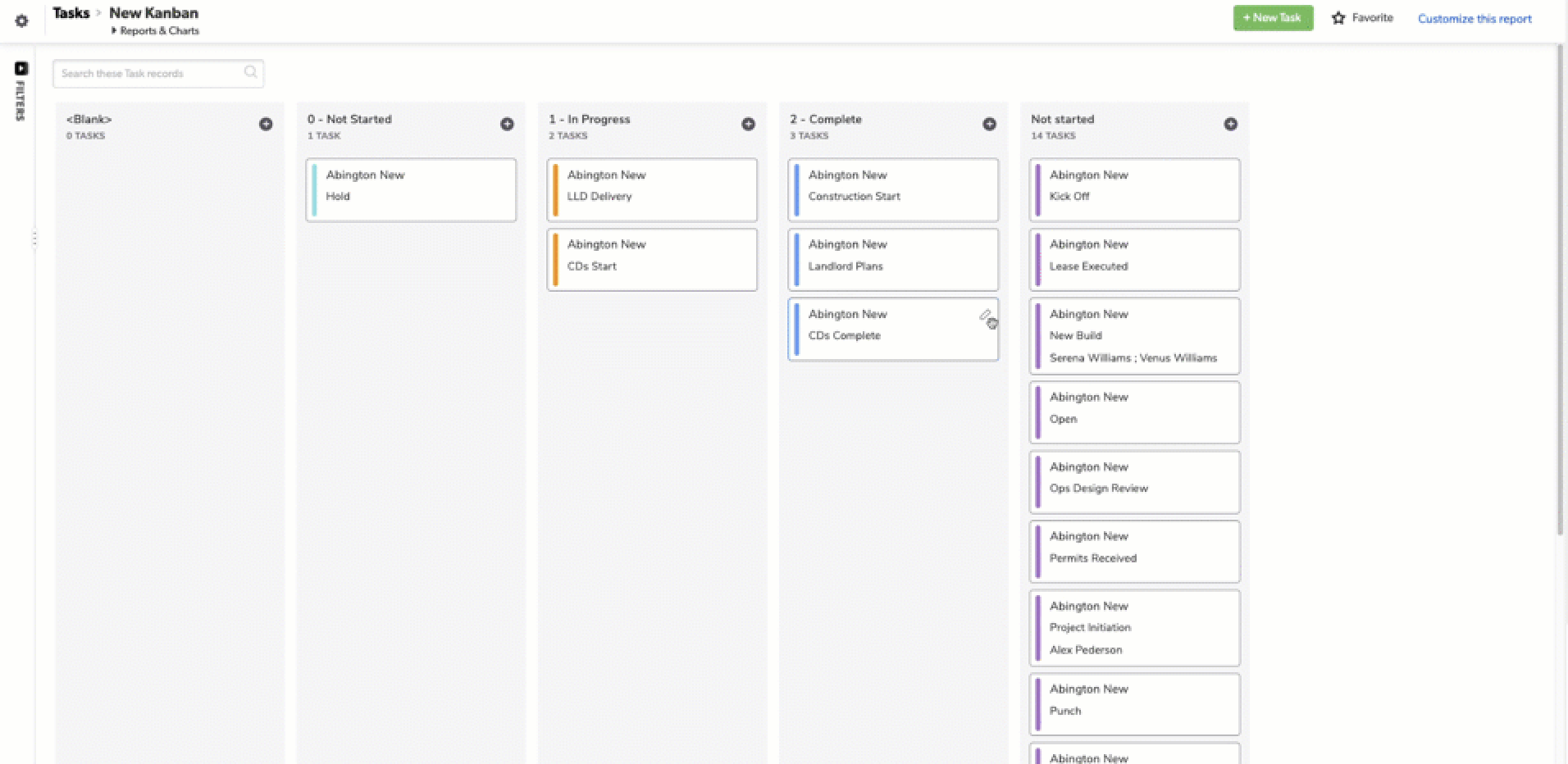
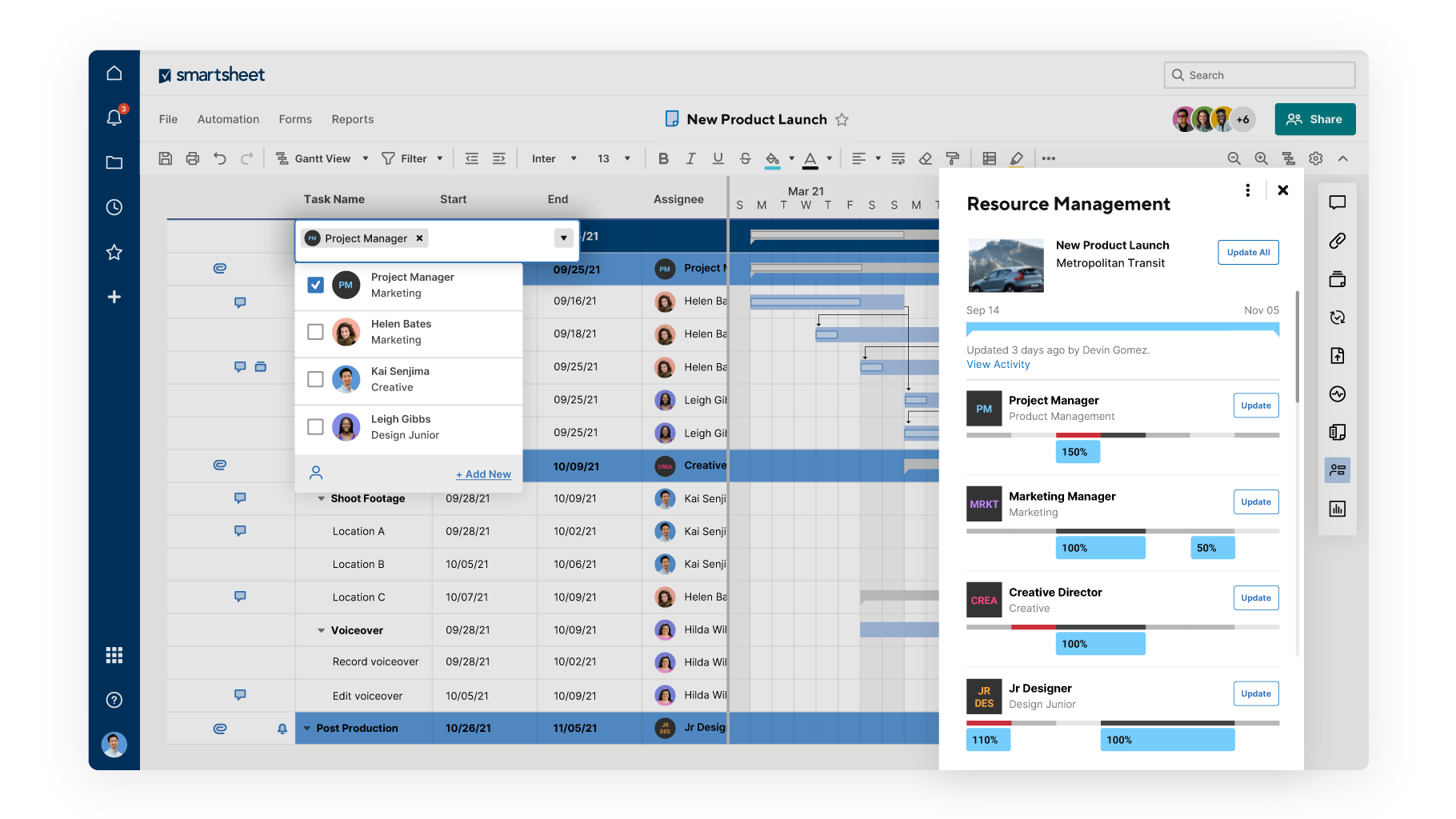
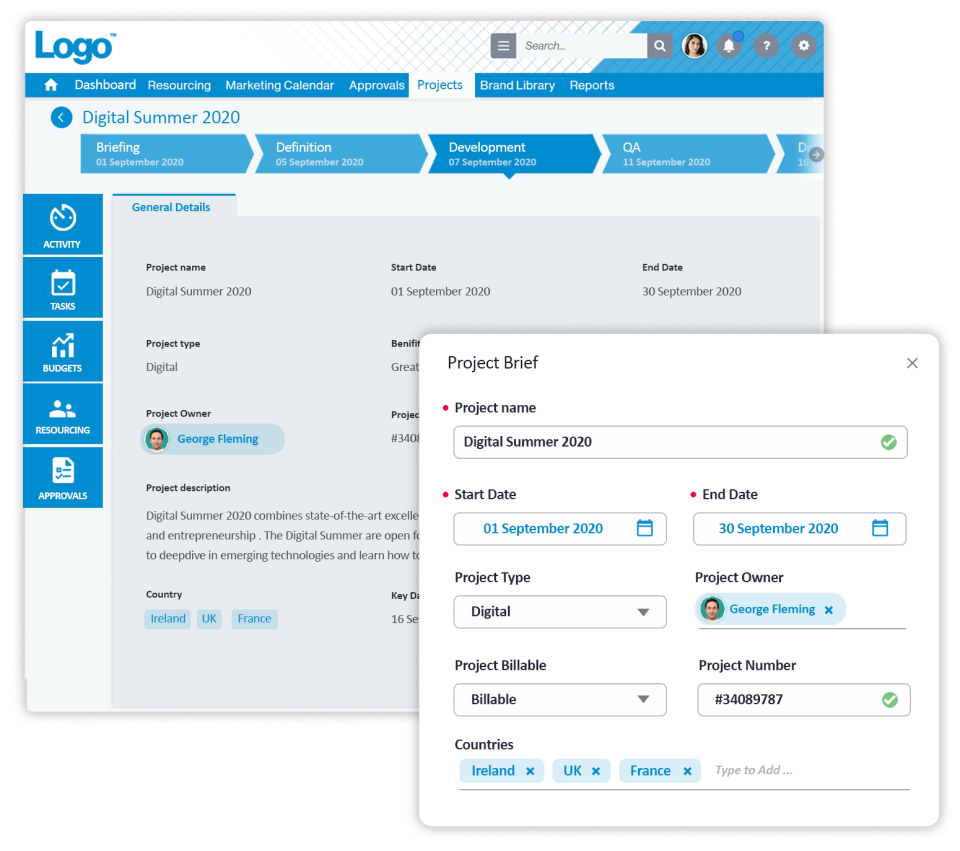
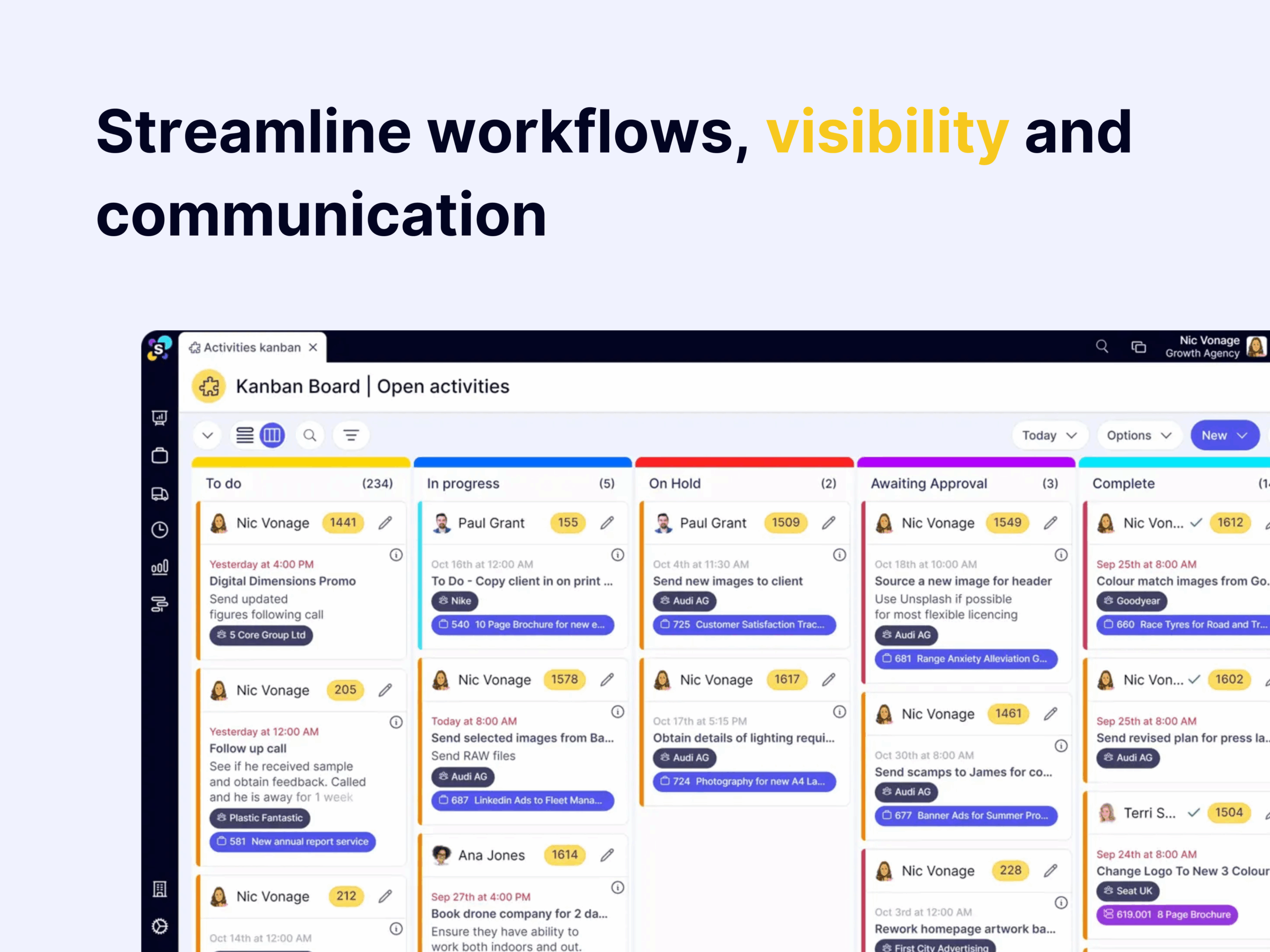


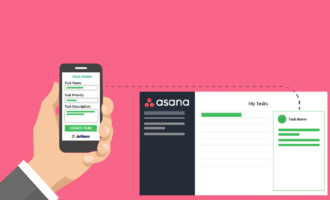
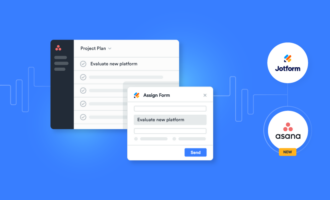

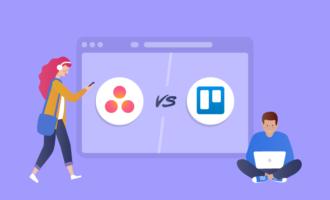




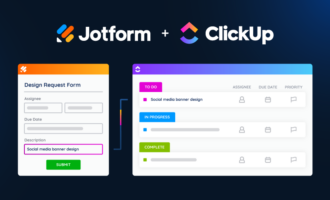












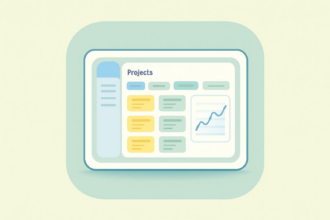




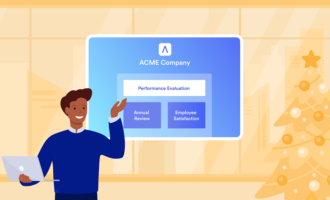



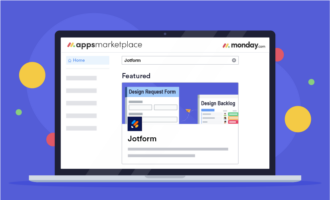




Send Comment: